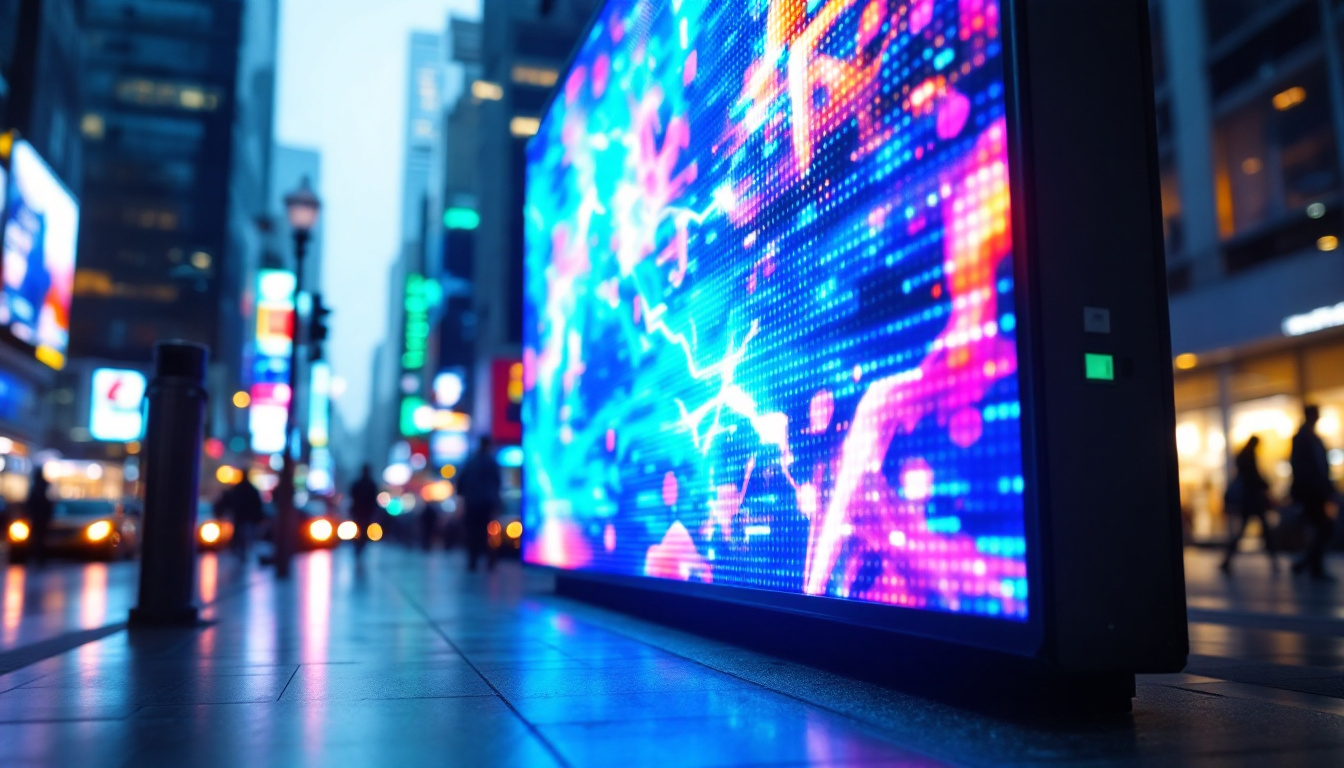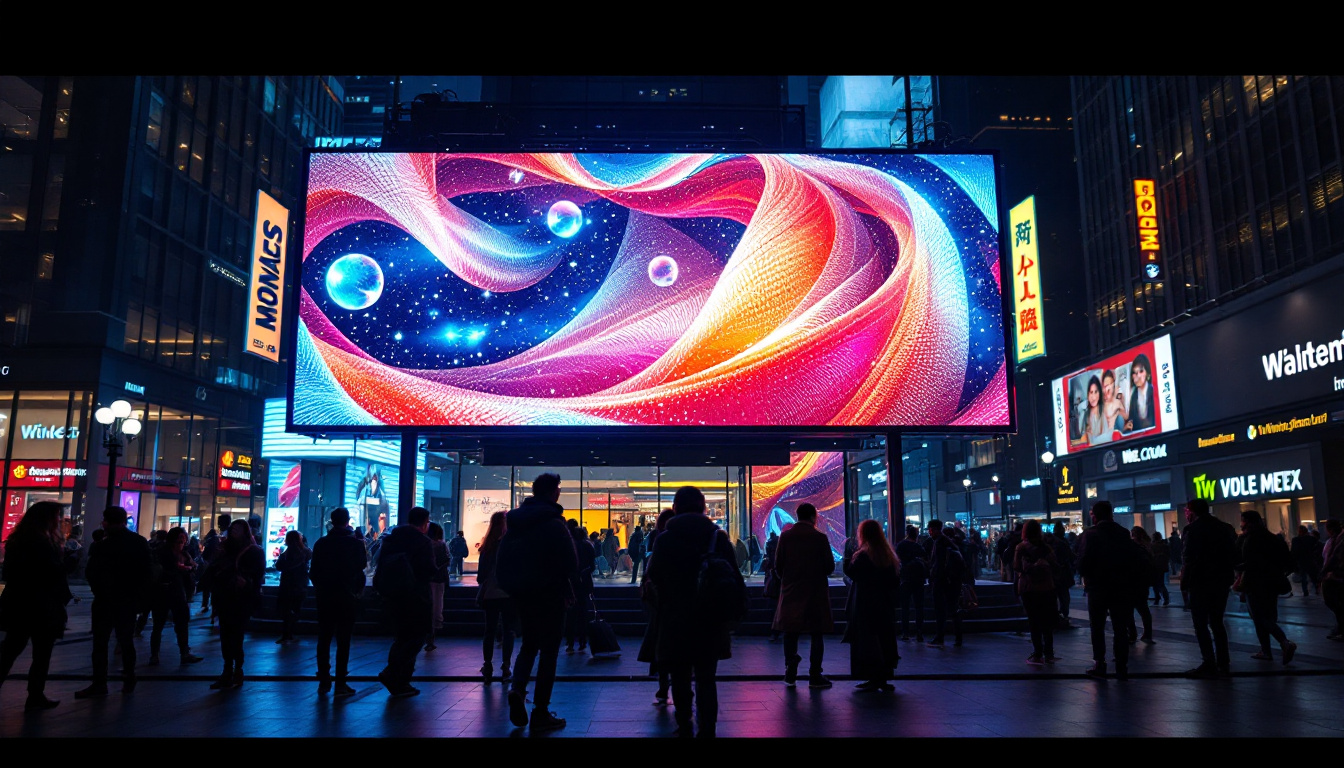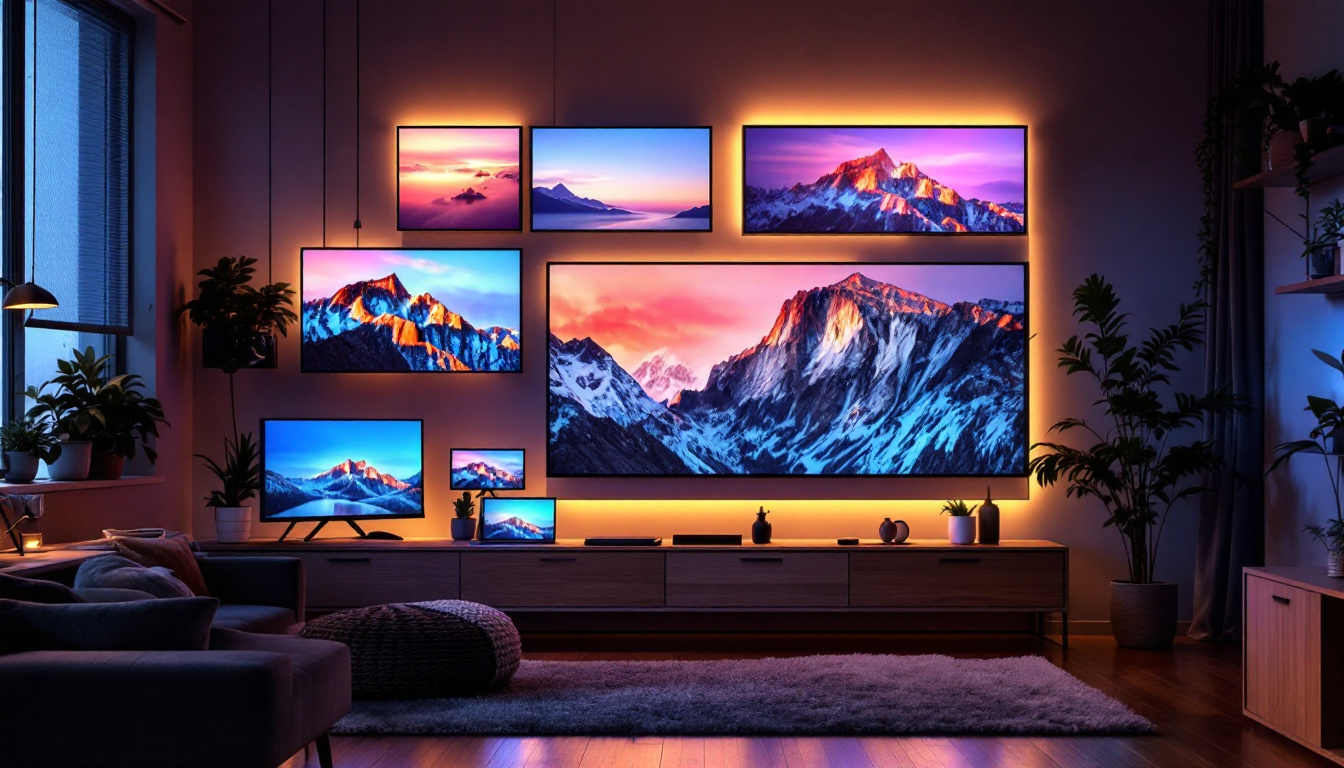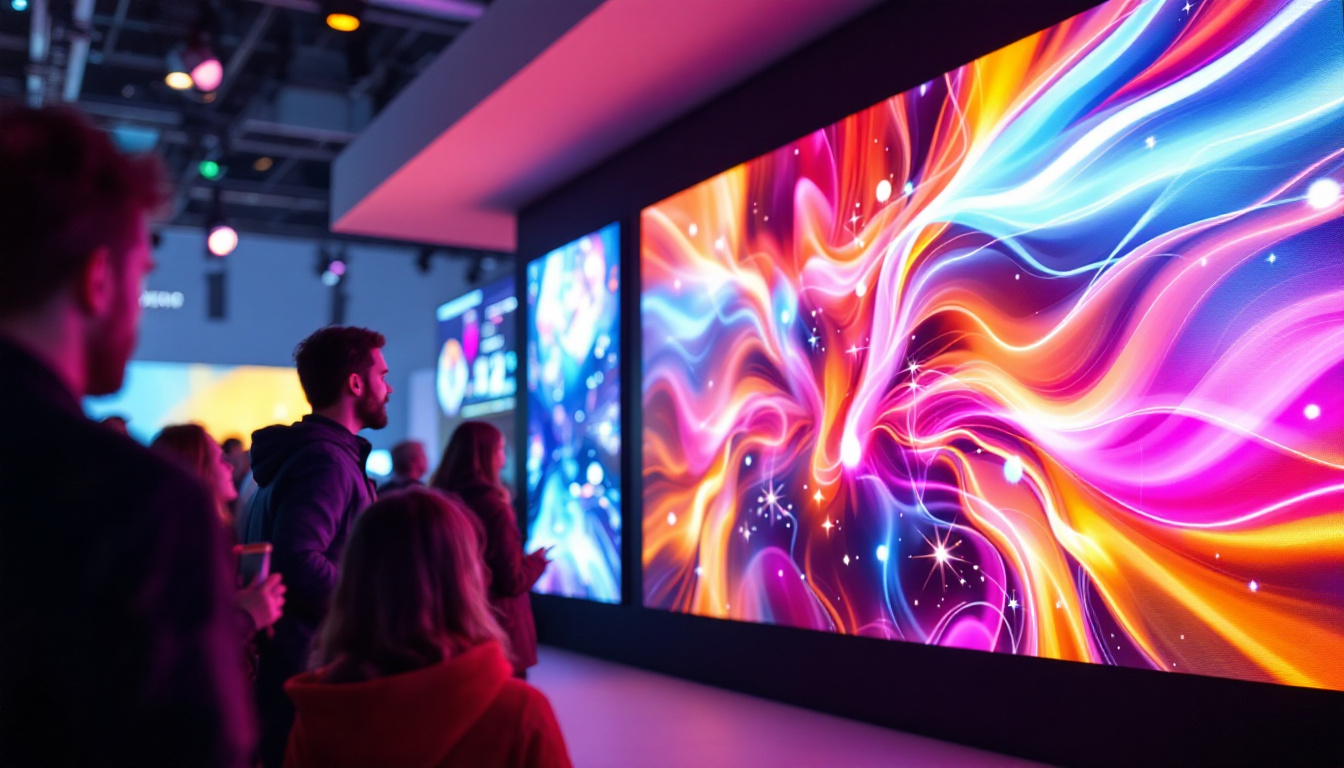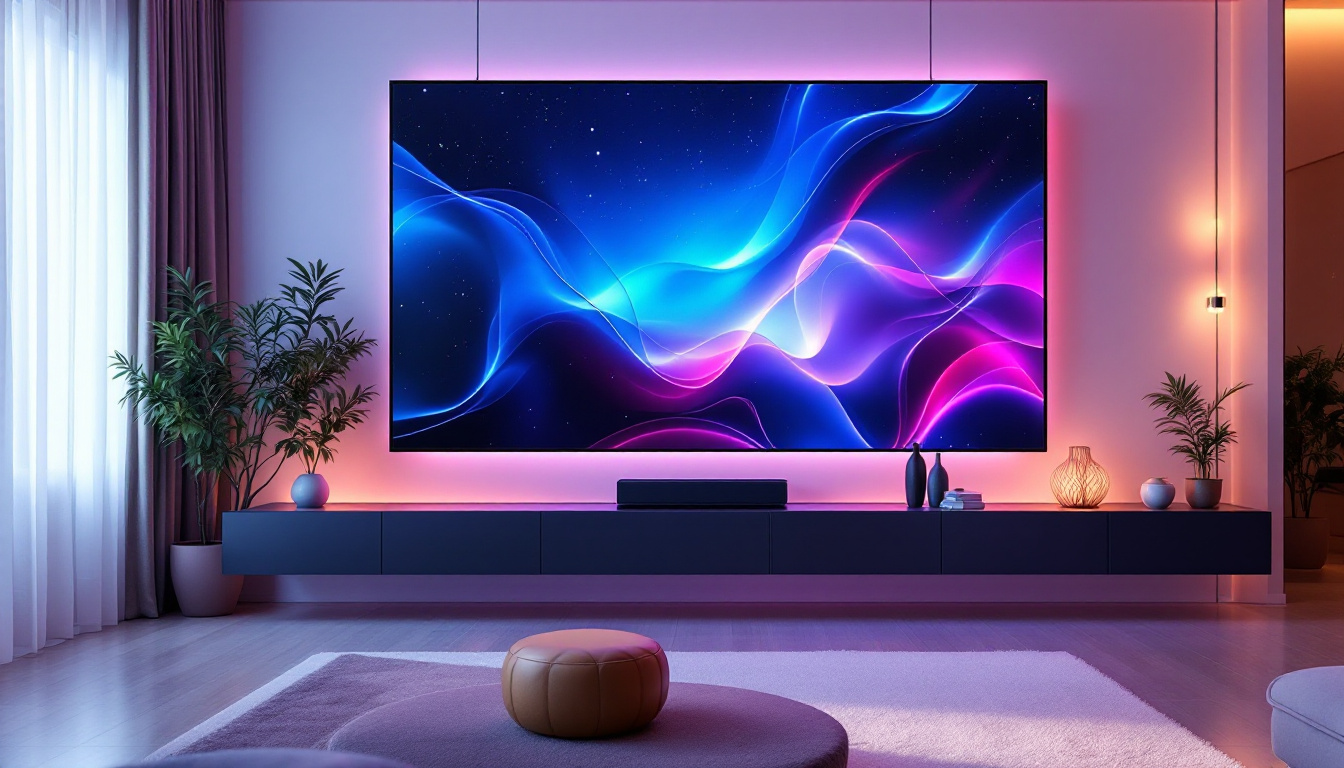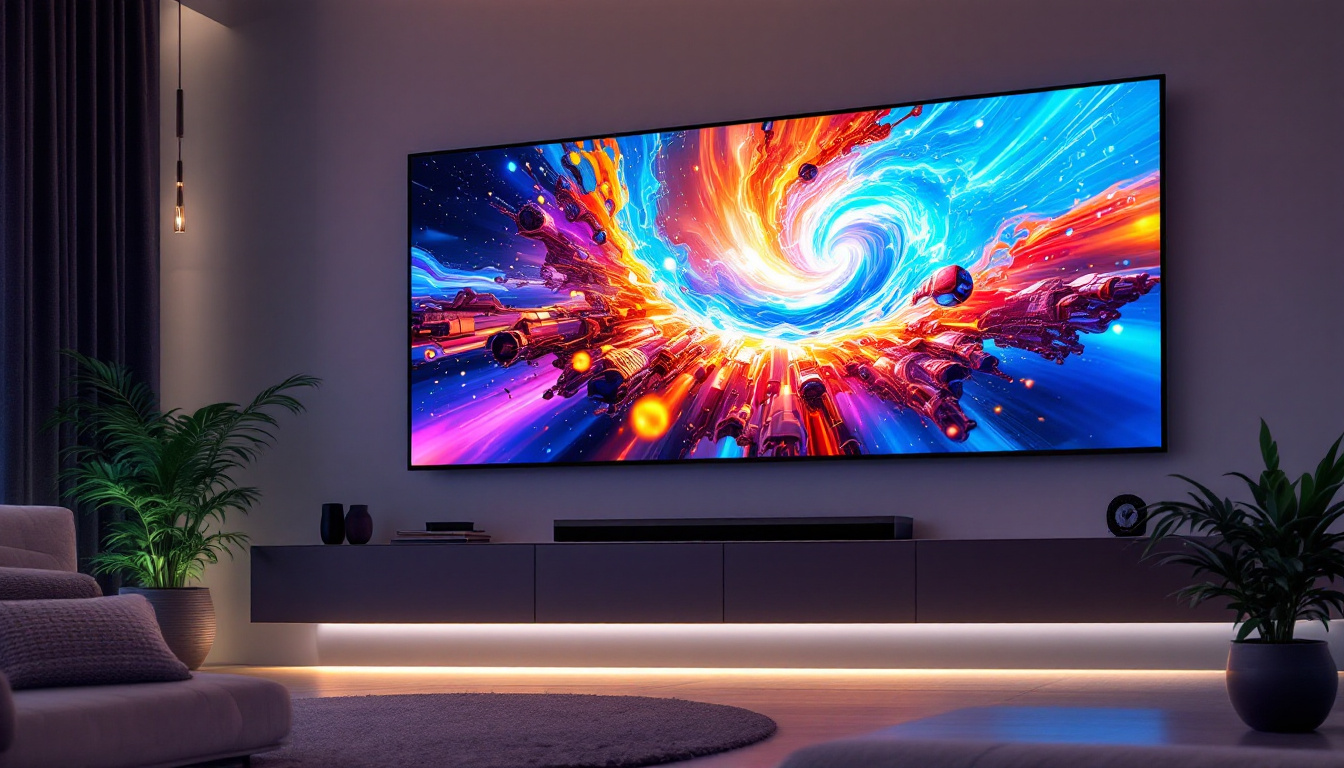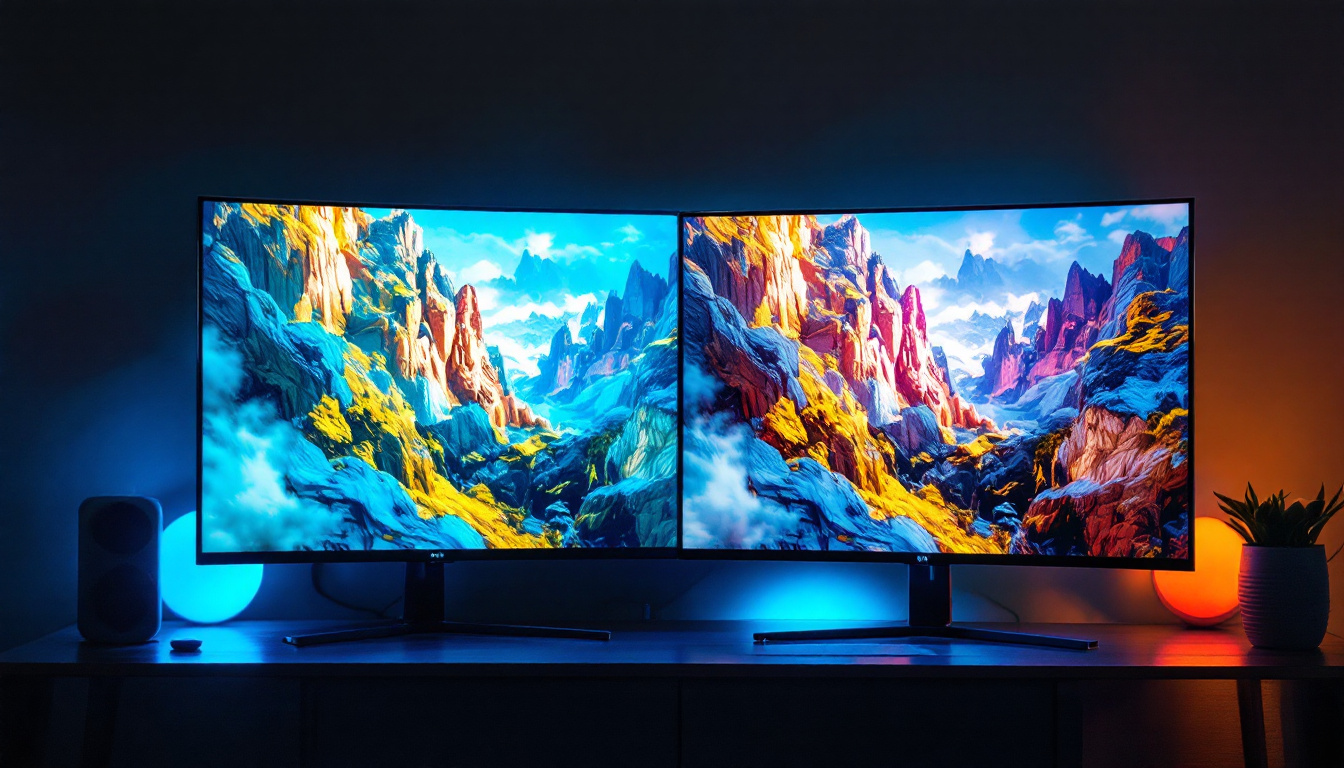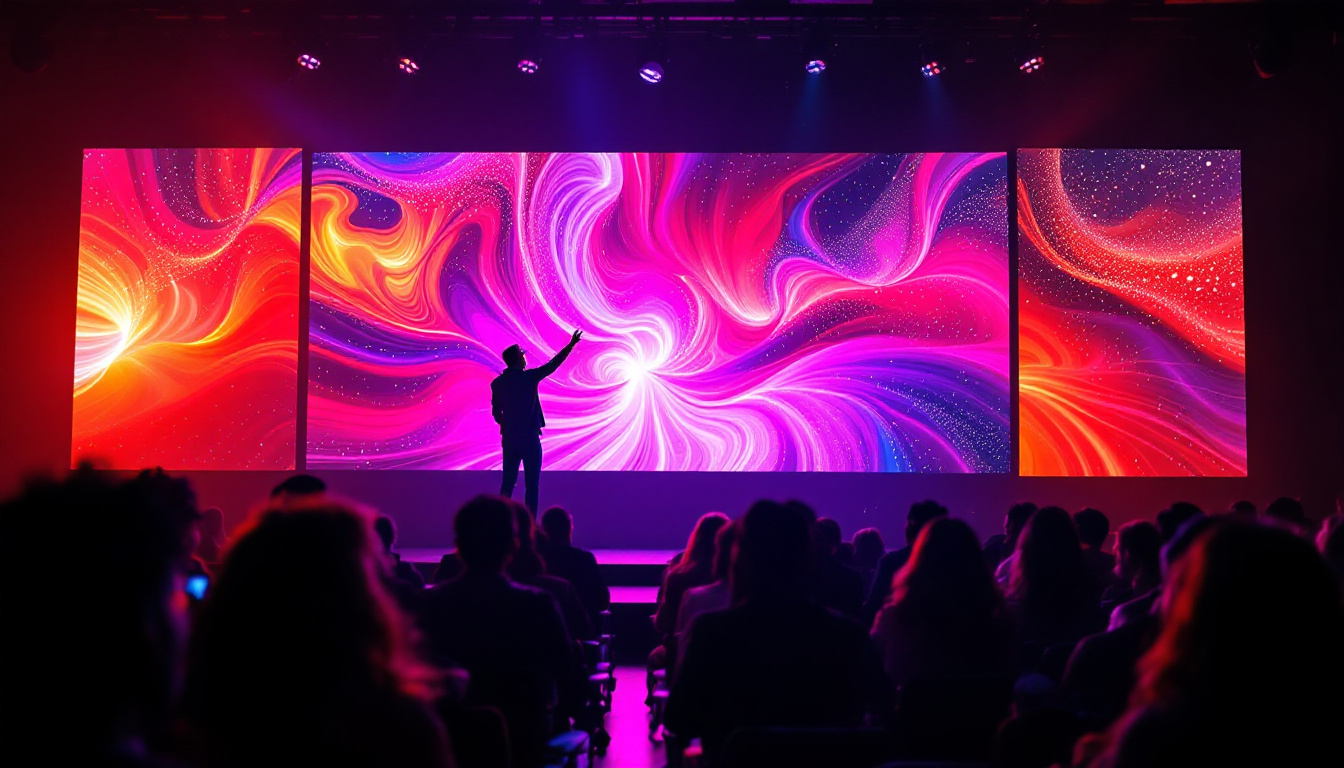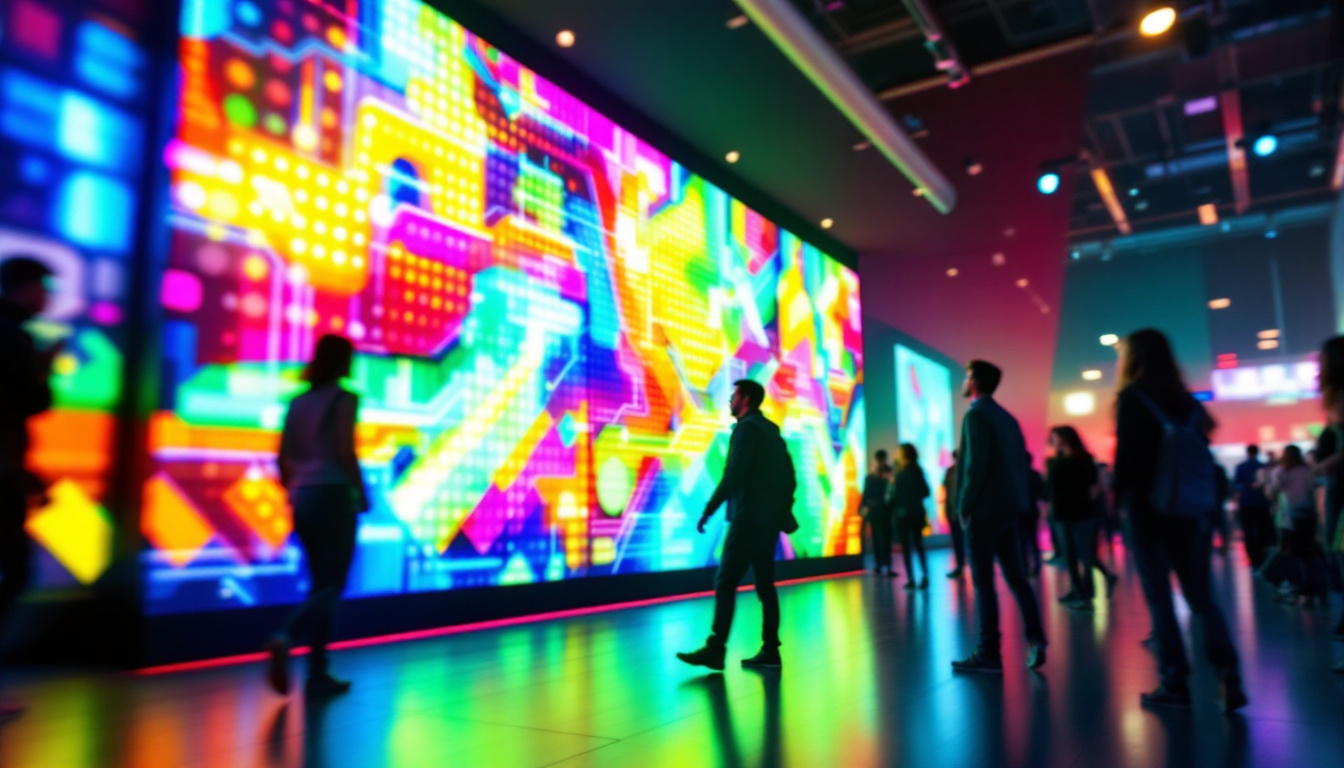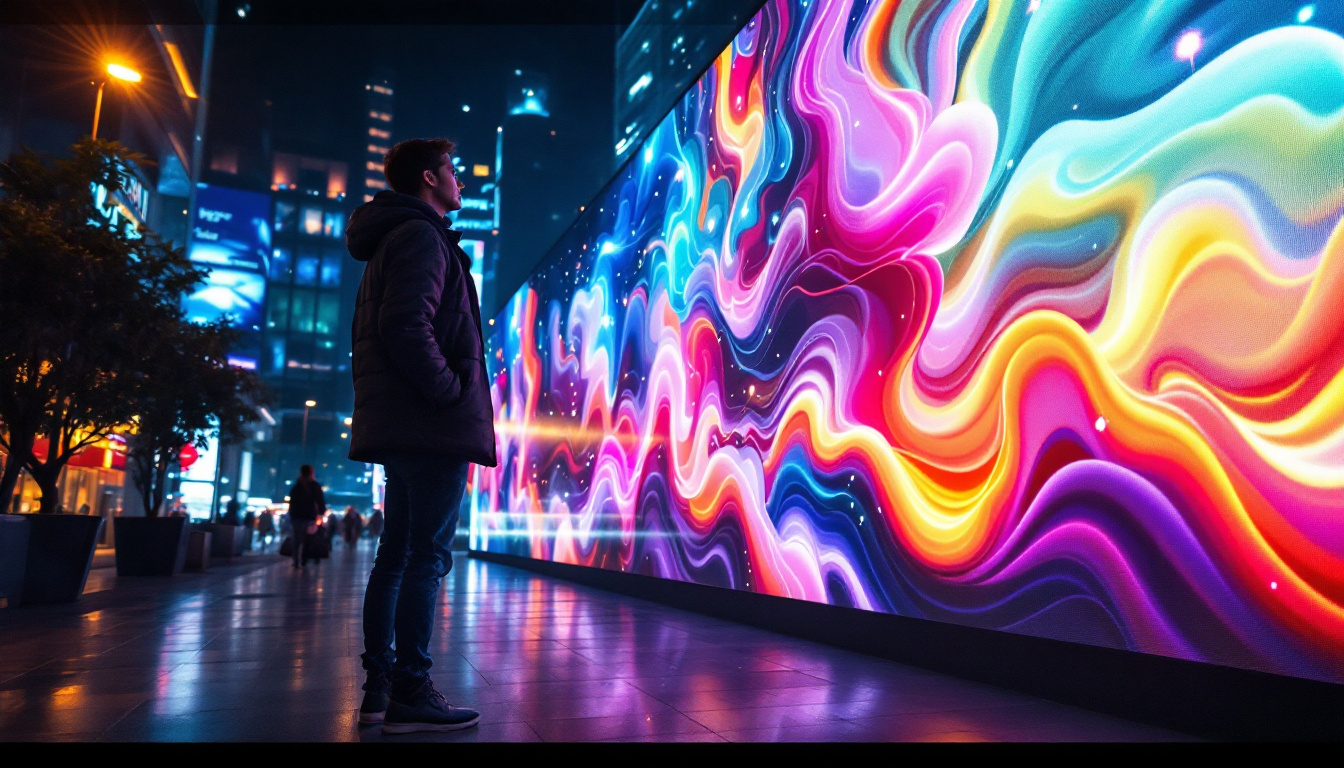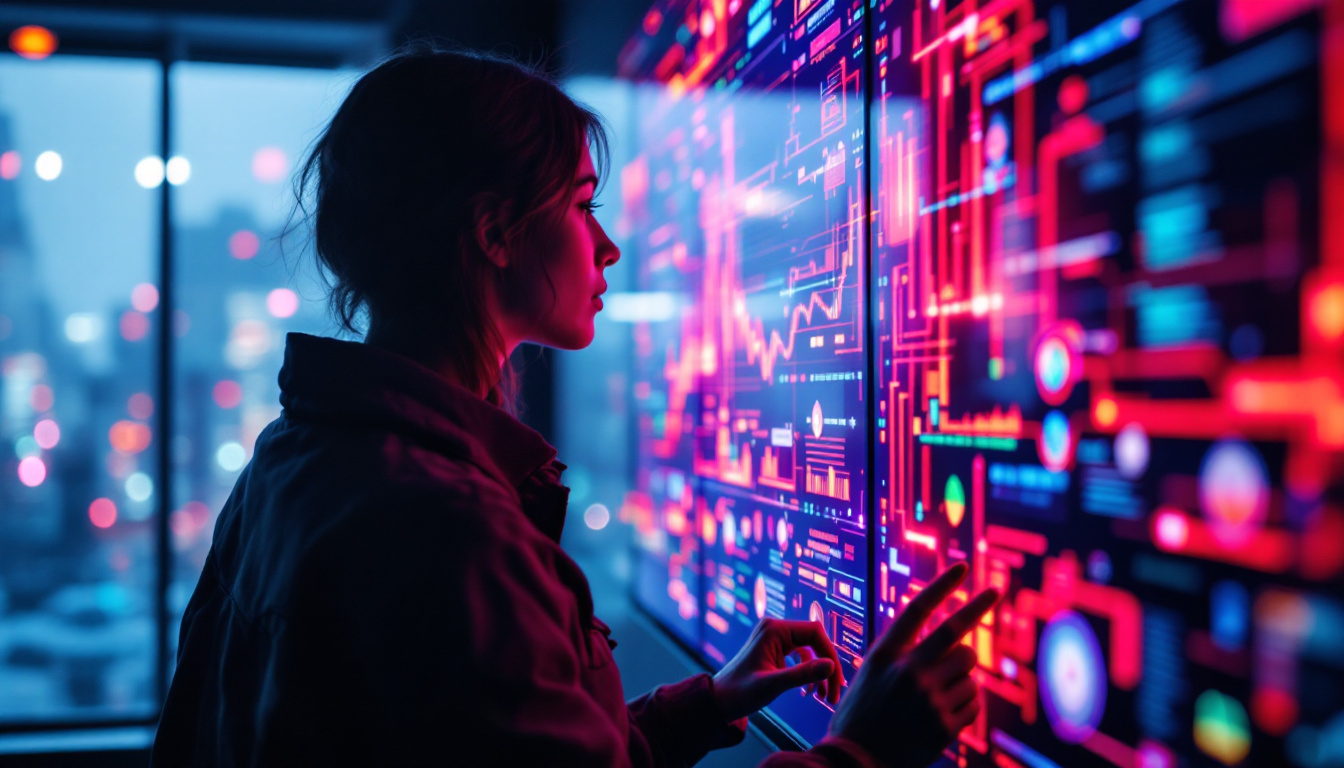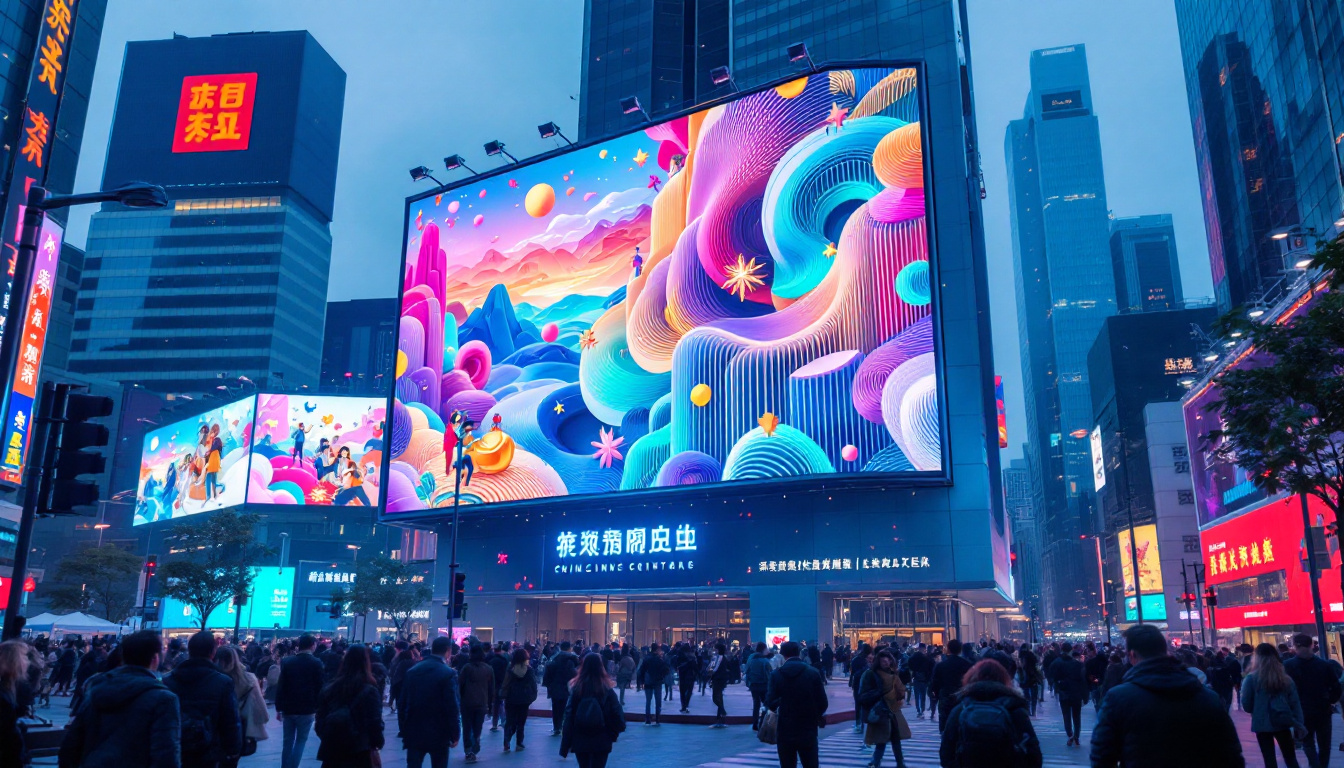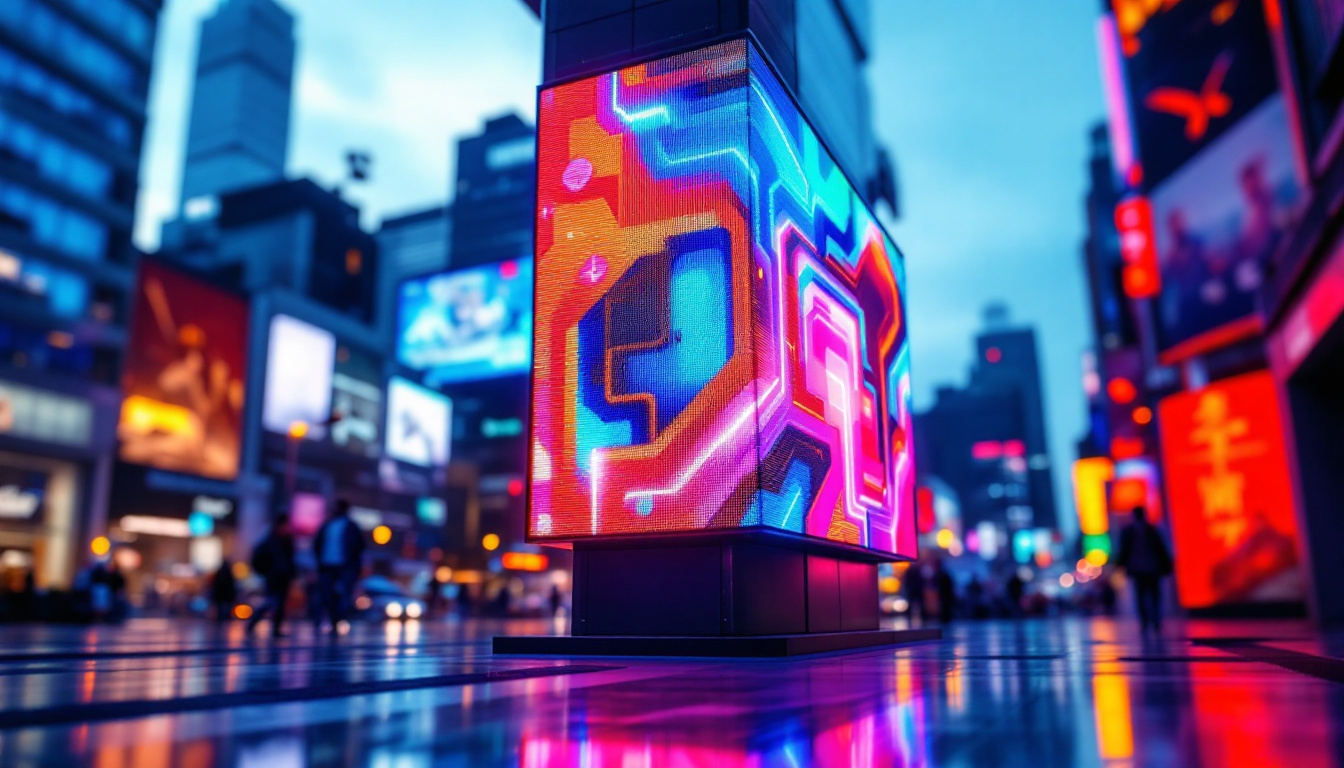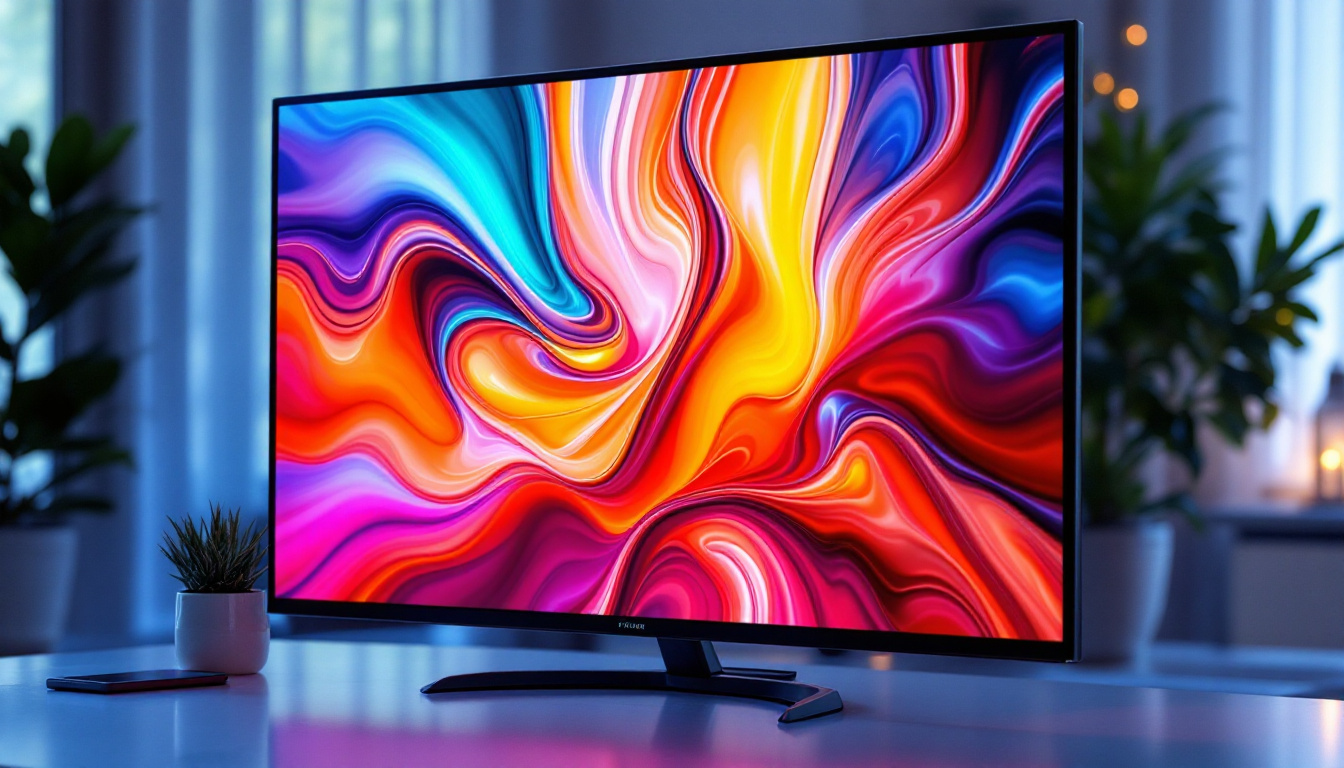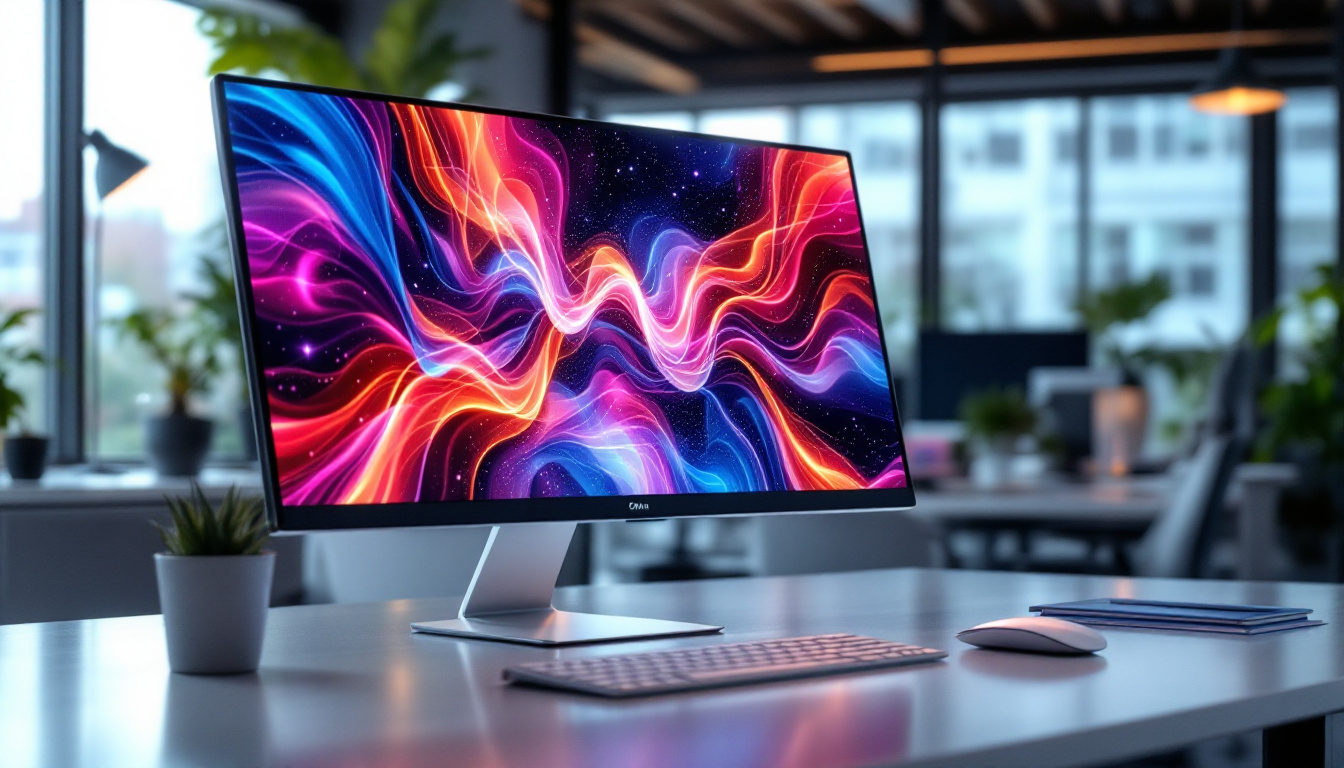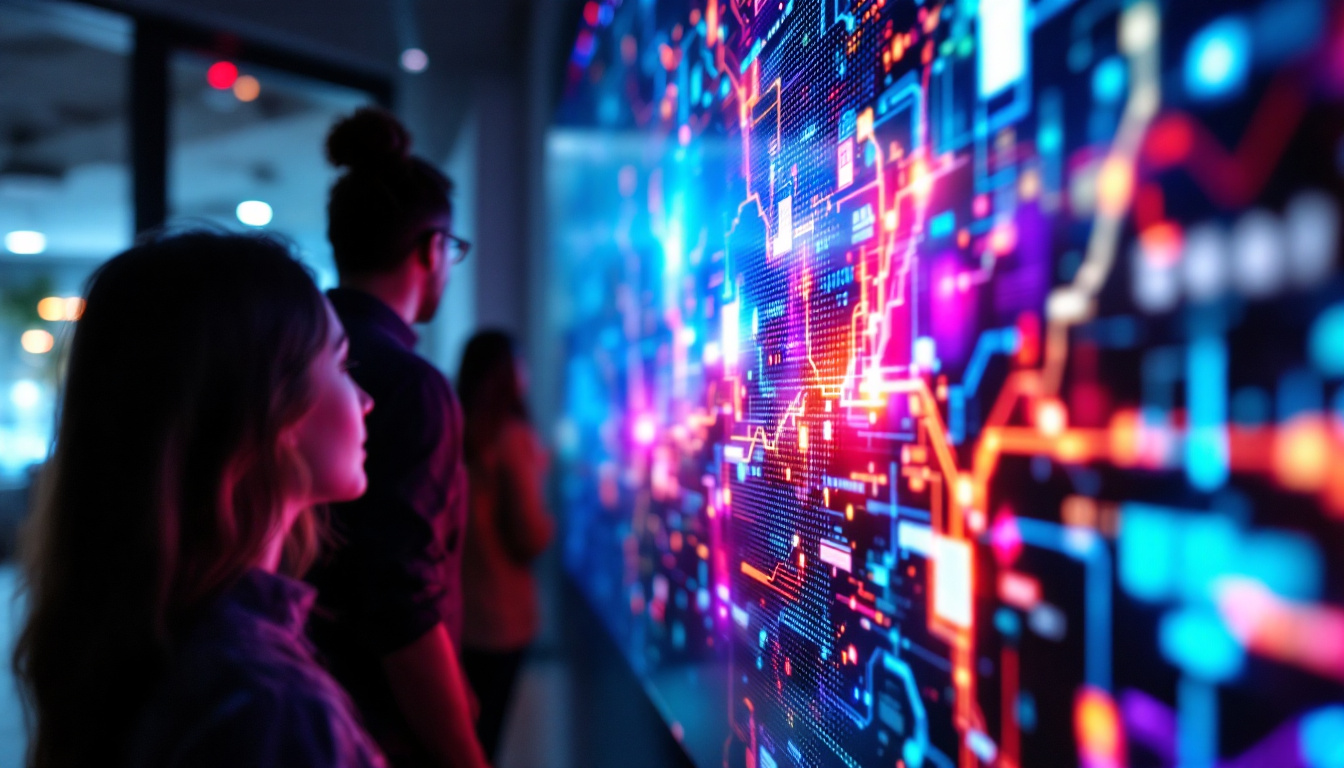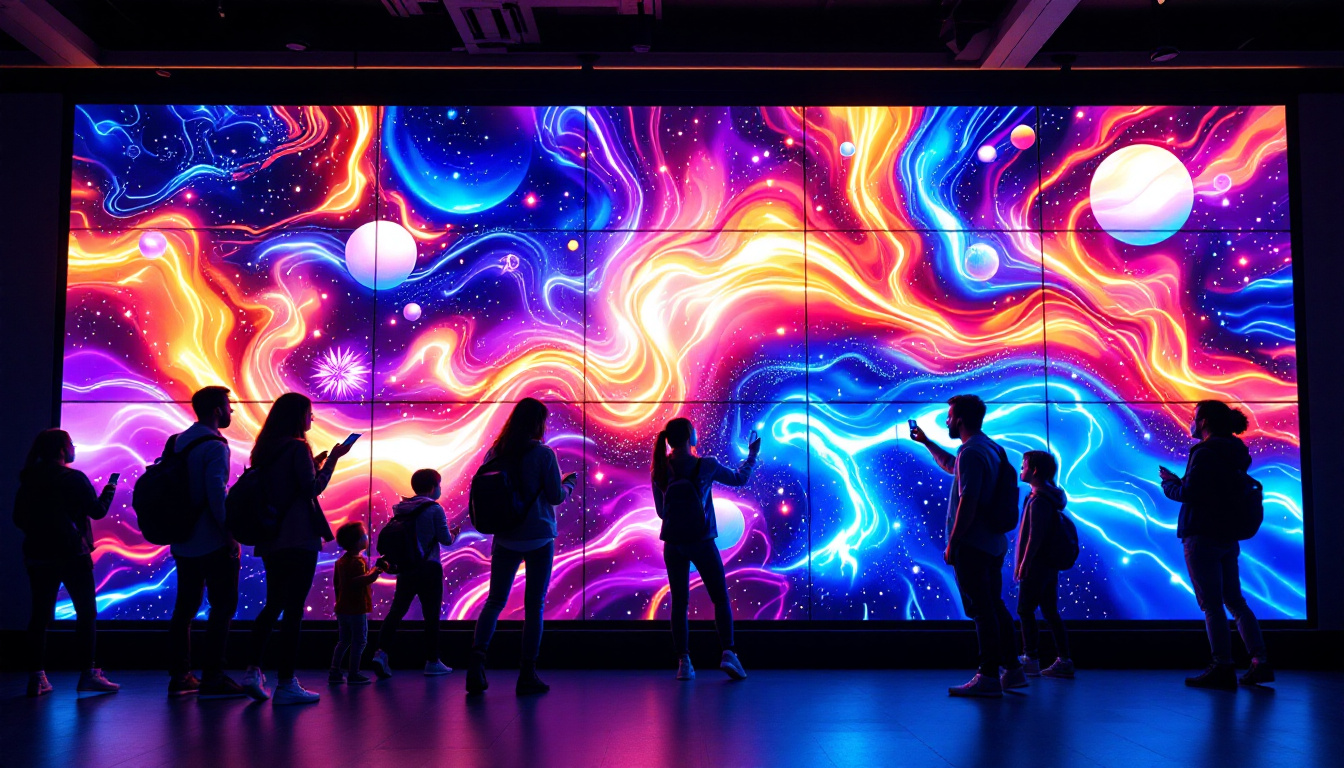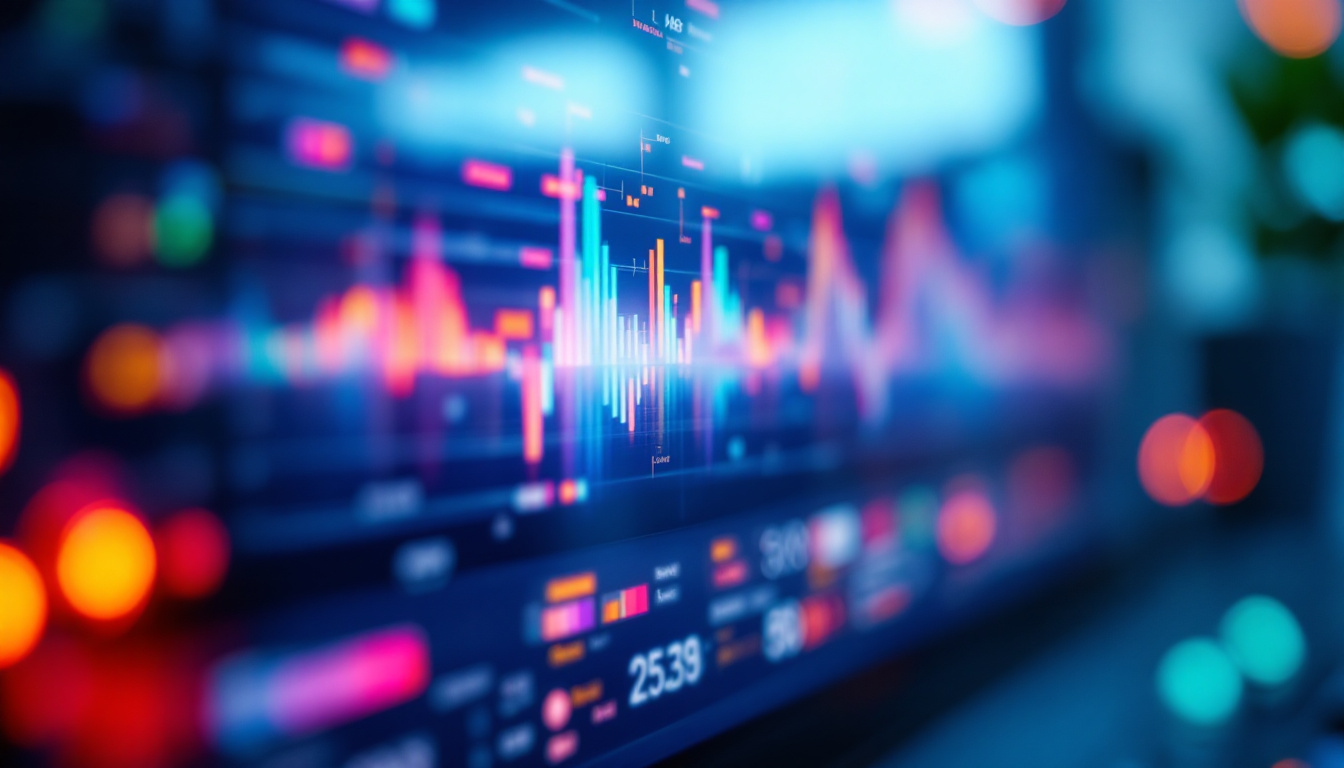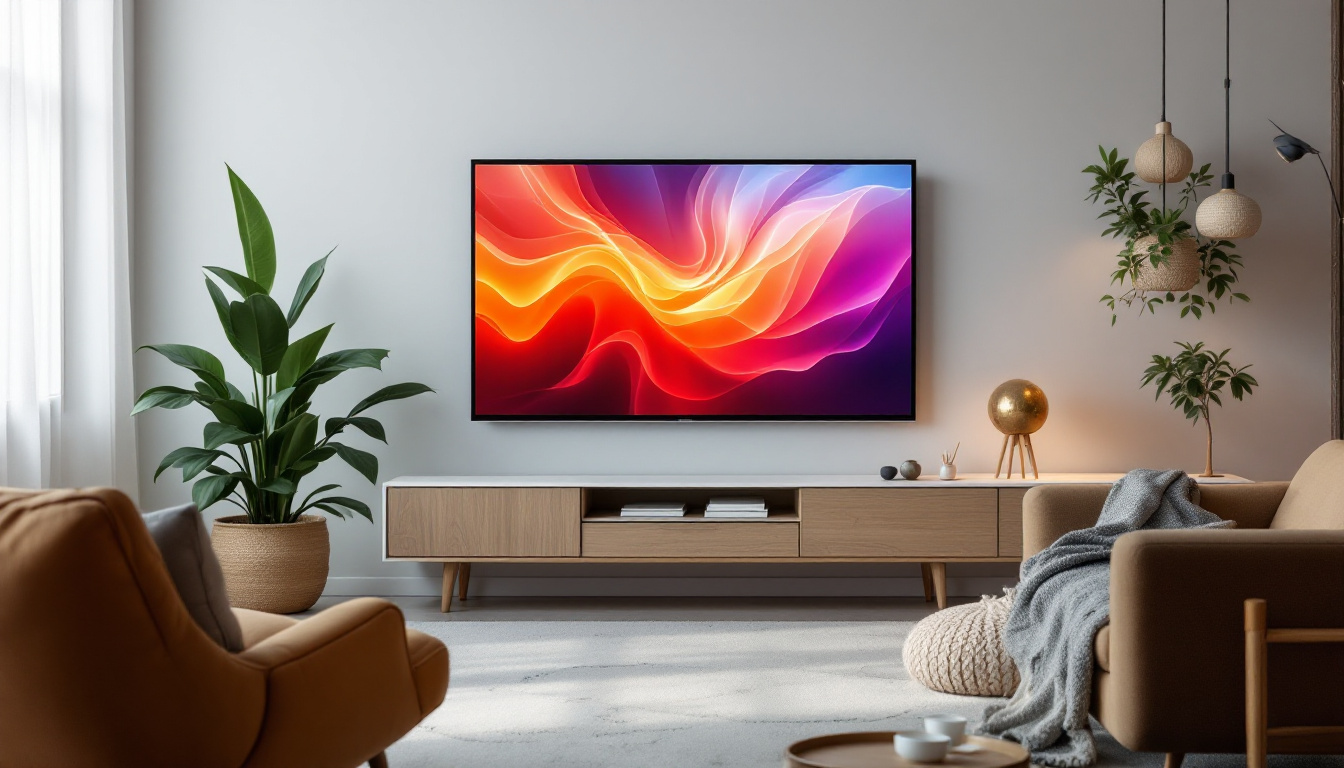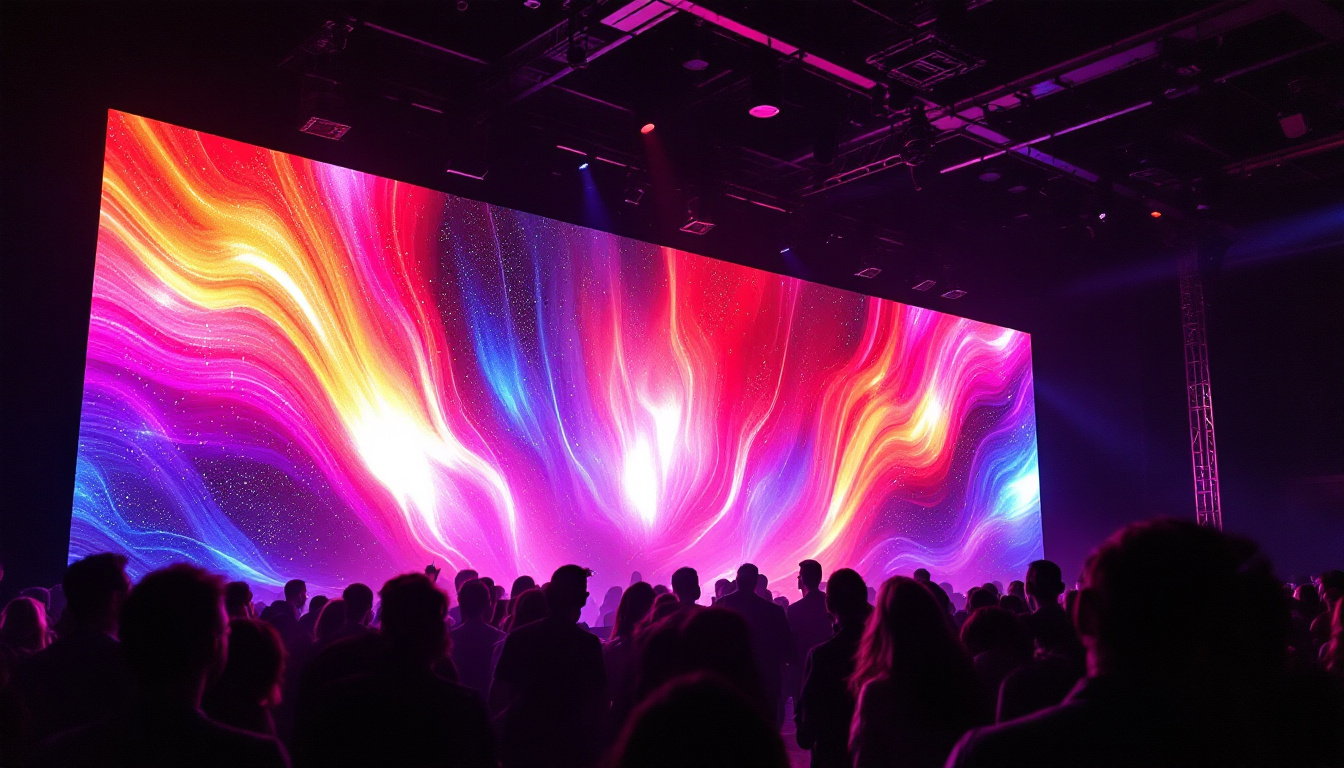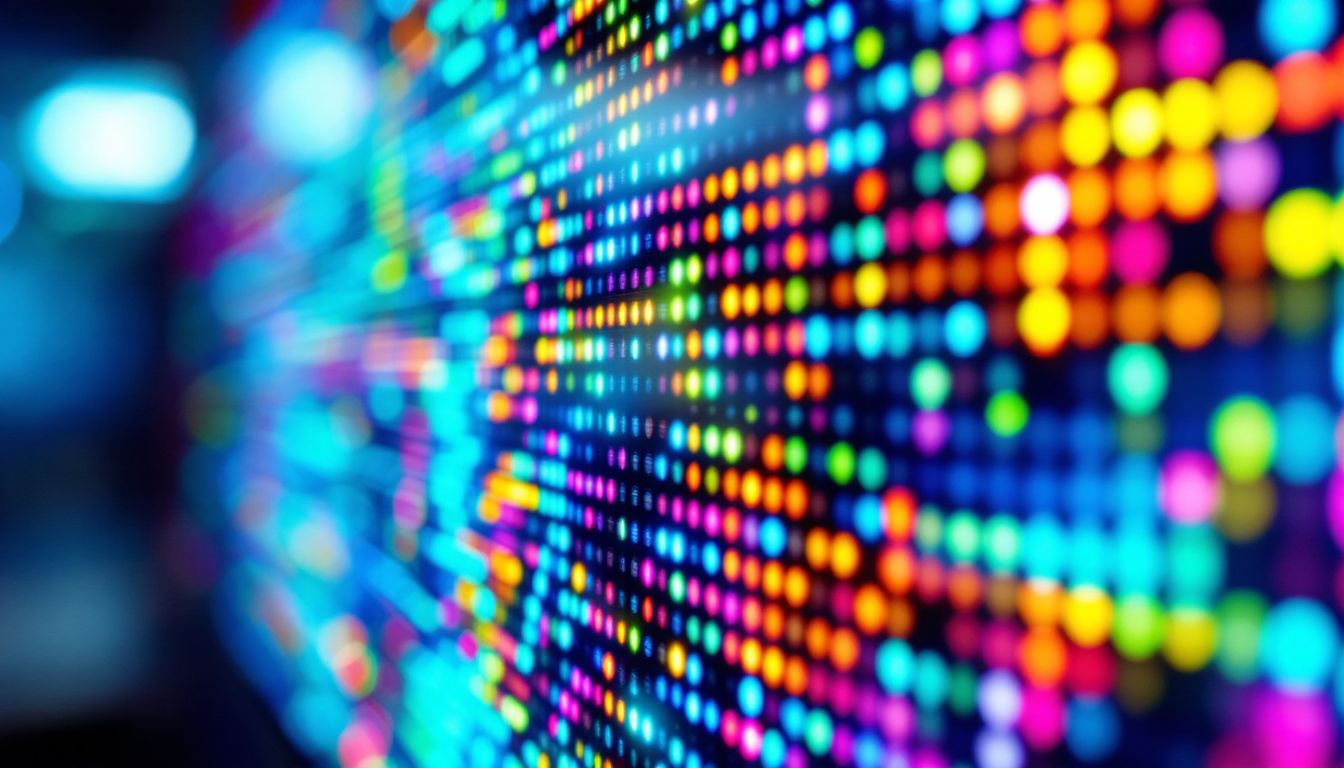In the realm of modern technology, LED displays have emerged as a dominant force, revolutionizing how we consume visual content. From large outdoor billboards to sleek television screens, LED (Light Emitting Diode) technology has transformed the landscape of visual media. This article delves into the intricacies of LED displays, exploring their functionality, advantages, applications, and future trends.
Understanding LED Technology
LED technology is rooted in the principles of semiconductor physics. At its core, an LED is a semiconductor device that emits light when an electric current passes through it. This process, known as electroluminescence, is the foundation of LED displays, allowing them to produce vibrant colors and sharp images. The efficiency of LEDs is remarkable, as they convert a significant portion of electrical energy into light, making them far more energy-efficient than traditional incandescent bulbs. This efficiency not only reduces electricity costs but also contributes to a lower carbon footprint, making LEDs a popular choice in the push for sustainable energy solutions.
How LEDs Work
LEDs consist of a chip made from a combination of materials, primarily gallium, arsenide, and phosphorous. When electricity flows through the chip, electrons recombine with holes, releasing energy in the form of photons—particles of light. The color of the light emitted depends on the materials used in the semiconductor. For instance, different combinations can produce red, green, or blue light, which are the primary colors used in LED displays. Furthermore, advancements in technology have led to the development of white LEDs, which are created by combining blue LEDs with phosphor coatings that emit yellow light, resulting in a balanced white appearance. This innovation has opened new avenues for applications in general lighting and display technologies.
In an LED display, thousands of these tiny diodes are arranged in a grid. By varying the intensity of each diode, the display can create a full spectrum of colors and images. This ability to control individual pixels is what sets LED displays apart from traditional display technologies. Moreover, the rapid response time of LEDs allows for dynamic content, such as video and animations, to be displayed with minimal motion blur. This characteristic is particularly advantageous in environments where real-time information is crucial, such as in sports arenas or stock exchanges.
Types of LED Displays
LED displays can be categorized into several types, each designed for specific applications. The most common types include:
- Direct View LED Displays: These displays are made up of individual LEDs that are visible to the viewer. They are often used in large outdoor screens and digital billboards, where high brightness and visibility are essential. The modular nature of direct view LEDs allows for flexibility in size and shape, enabling creative installations that can fit various architectural designs.
- LED Backlit Displays: These displays use LEDs to illuminate an LCD panel from behind. This technology enhances brightness and color accuracy, making it popular for televisions and computer monitors. The introduction of local dimming in LED backlit displays further improves contrast ratios by allowing specific areas of the screen to dim while others remain bright, resulting in a more immersive viewing experience.
- Organic LED (OLED) Displays: OLEDs use organic compounds to produce light. They offer superior contrast and color depth, making them ideal for high-end televisions and smartphones. Unlike traditional LED displays, OLEDs do not require a backlight, as each pixel emits its own light, allowing for true blacks and more vibrant colors. This self-emissive technology has revolutionized the way we perceive images on screens, providing deeper immersion in everything from movies to video games.
Advantages of LED Displays
LED displays offer a multitude of advantages over traditional display technologies, making them the preferred choice for many applications. Their benefits include energy efficiency, longevity, and superior image quality.
Energy Efficiency
One of the most significant advantages of LED displays is their energy efficiency. Compared to traditional incandescent or fluorescent displays, LEDs consume significantly less power. This efficiency not only reduces electricity costs but also contributes to a lower carbon footprint. As energy conservation becomes increasingly important, the demand for energy-efficient technologies like LED displays continues to grow. Furthermore, many LED systems are equipped with smart technology that allows for automatic brightness adjustments based on ambient light conditions, further optimizing energy use and enhancing the viewing experience.
Longevity and Durability
LED displays are known for their impressive lifespan. While traditional displays may last a few years, LED displays can operate for tens of thousands of hours without significant degradation in performance. This durability makes them an excellent investment for businesses and consumers alike. Additionally, LED displays are less susceptible to damage from shock and vibration, making them suitable for various environments, including outdoor settings and high-traffic areas. The robust nature of LED technology also means that they can withstand extreme temperatures and humidity levels, making them ideal for both indoor and outdoor applications, such as billboards and sports arenas.
Moreover, the maintenance of LED displays is generally less demanding than that of traditional displays. With fewer components that can fail, and the ability to replace individual LED modules rather than the entire unit, the overall cost of ownership is reduced. This not only saves money in the long run but also minimizes downtime, allowing businesses to maintain continuous operations without significant interruptions.
Superior Image Quality
When it comes to image quality, LED displays excel in delivering vibrant colors and sharp contrast. The ability to control individual pixels allows for precise color reproduction, resulting in stunning visuals. Moreover, LED displays can achieve higher brightness levels than traditional displays, making them easily viewable in bright environments. This capability is particularly advantageous for outdoor advertising and events, where sunlight can wash out other types of displays. Additionally, the wide viewing angles offered by LED technology ensure that images remain clear and consistent, regardless of the viewer’s position, enhancing the overall experience for audiences.
Furthermore, advancements in LED technology have led to the development of high dynamic range (HDR) displays, which provide an even more immersive viewing experience. HDR enhances the contrast ratio and color accuracy, allowing for deeper blacks and brighter whites. This level of detail is especially beneficial in applications such as digital signage, where captivating visuals are essential for attracting and retaining viewer attention. As the technology continues to evolve, the potential for LED displays to transform various industries, from entertainment to retail, becomes increasingly evident.
Applications of LED Displays
The versatility of LED displays has led to their widespread adoption across various industries. From advertising to entertainment, their applications are virtually limitless.
Advertising and Marketing
In the advertising sector, LED displays have become a staple for brands looking to capture consumer attention. Outdoor LED billboards, for instance, can display dynamic content, changing messages in real-time to engage passersby. This capability allows advertisers to tailor their messages to specific audiences and times, maximizing impact.
Indoor LED displays are also prevalent in retail environments, where they can showcase promotions, product information, and engaging visuals that enhance the shopping experience. The ability to update content quickly and easily makes LED displays a powerful tool for marketers.
Entertainment and Events
LED displays have transformed the entertainment industry, particularly in concerts, sporting events, and festivals. Large-scale LED screens can deliver immersive visuals that enhance the overall experience for attendees. These displays can be synchronized with music and performances, creating a captivating atmosphere.
Furthermore, LED technology is utilized in theaters and cinemas, providing high-quality visuals that enhance the storytelling experience. The ability to achieve deep blacks and vibrant colors makes LED displays a preferred choice for filmmakers.
Transportation and Public Information
In transportation, LED displays are used for real-time information dissemination. Bus stops, train stations, and airports utilize LED screens to provide travelers with up-to-date information regarding schedules and delays. This functionality improves the overall efficiency of public transportation systems and enhances passenger experience.
Additionally, LED displays are employed in traffic management systems, providing drivers with crucial information about road conditions, accidents, and detours. This application contributes to safer and more efficient travel.
The Future of LED Displays
The future of LED displays looks promising, with continuous advancements in technology paving the way for even more innovative applications. As the demand for high-quality visual experiences grows, several trends are emerging in the LED display market.
MicroLED Technology
One of the most exciting developments in LED technology is MicroLED. This technology utilizes microscopic LEDs to create displays with exceptional resolution and color accuracy. MicroLED displays are self-emissive, meaning they do not require a backlight, resulting in thinner and lighter screens.
MicroLED technology holds the potential to revolutionize various applications, from televisions to wearable devices. As manufacturers continue to refine this technology, consumers can expect to see stunning visuals in even more compact formats.
Flexible and Transparent Displays
Another trend gaining traction is the development of flexible and transparent LED displays. These displays can bend and conform to different shapes, opening up new possibilities for design and integration into various environments. Transparent displays, in particular, can be used in retail settings to showcase products while maintaining visibility through the screen.
The potential for these innovative displays extends to architecture and interior design, allowing for creative applications that blend technology with aesthetics.
Integration with Smart Technology
As smart technology continues to evolve, LED displays are increasingly being integrated into smart homes and cities. This integration allows for seamless communication between devices, enhancing user experience and convenience. For instance, smart LED displays can adjust brightness based on ambient light or display personalized content based on user preferences.
This trend towards connectivity and interactivity is expected to shape the future of LED displays, making them an integral part of the smart ecosystems of tomorrow.
Conclusion
LED displays have fundamentally changed the way visual content is presented and consumed. With their energy efficiency, longevity, and superior image quality, they have become the go-to choice for a wide range of applications. As technology continues to advance, the potential for LED displays is limitless, paving the way for innovative solutions that enhance our daily lives.
From advertising and entertainment to transportation and smart technology, LED displays are poised to remain at the forefront of visual communication. Embracing this technology not only enhances aesthetic appeal but also contributes to a more sustainable and efficient future.
Explore Cutting-Edge LED Displays with LumenMatrix
Ready to elevate your visual experience with the latest in LED display technology? LumenMatrix is at the forefront of innovation, offering a wide array of LED display solutions tailored to your needs. From mesmerizing Indoor LED Wall Displays to dynamic Outdoor LED Wall Displays, and from versatile Vehicle LED Displays to sleek LED Poster Displays, our products are designed to captivate and engage. Discover the transformative power of LED Sports Displays, interactive Floor LED Displays, and the customization possibilities with our Custom LED Displays. Experience the seamless integration of our All-in-One LED Display and the stunning clarity of LED Transparent Displays. Embrace the future of visual communication with LumenMatrix and create unforgettable visual narratives. Check out LumenMatrix LED Display Solutions and see how we can help you make a lasting impression.

